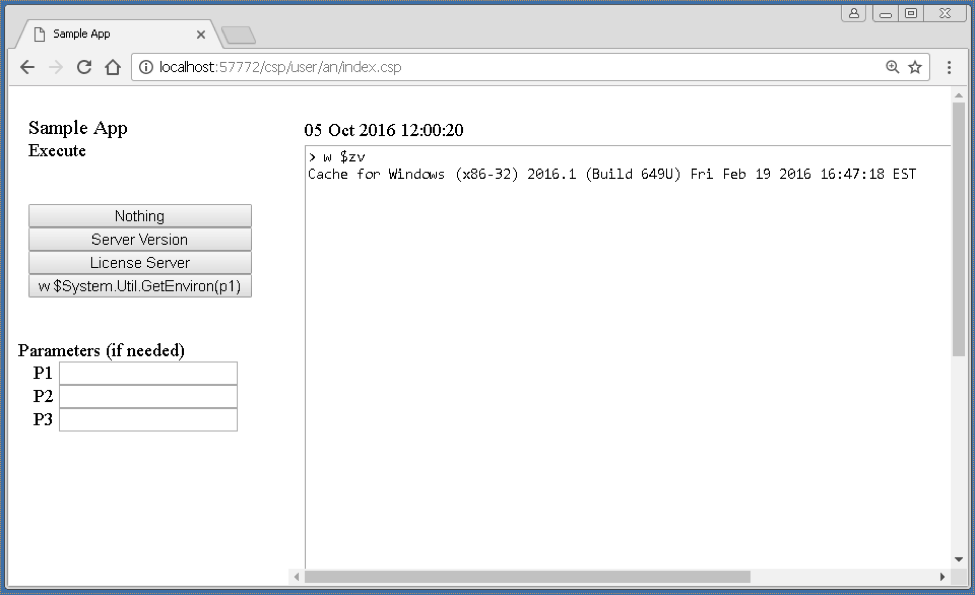I need to pass a parameter string that contains slashes to a REST call.
I tried URL encoding, or making URL map to accept query parameter instead of path parameter but apparently we only allow for path parameters.
I can come with several workarounds, but these involve some transformation at client and then on server, but I'd prefer a direct support.
Q1: is there any Cache specific trick to pass slashes in path parameters
Q2: are we going to support query parameters in REST?
something like this would help:



 Hello!
Hello!